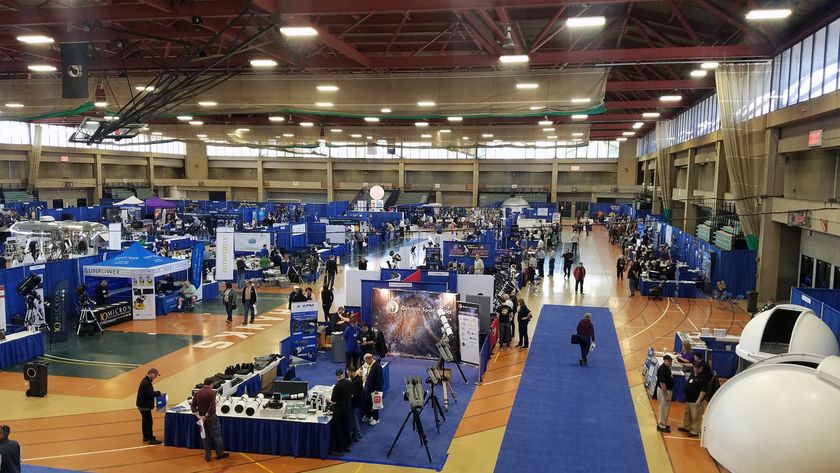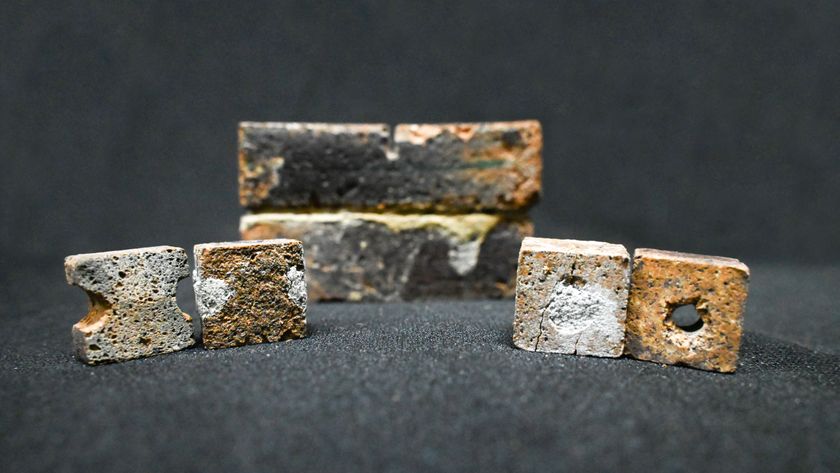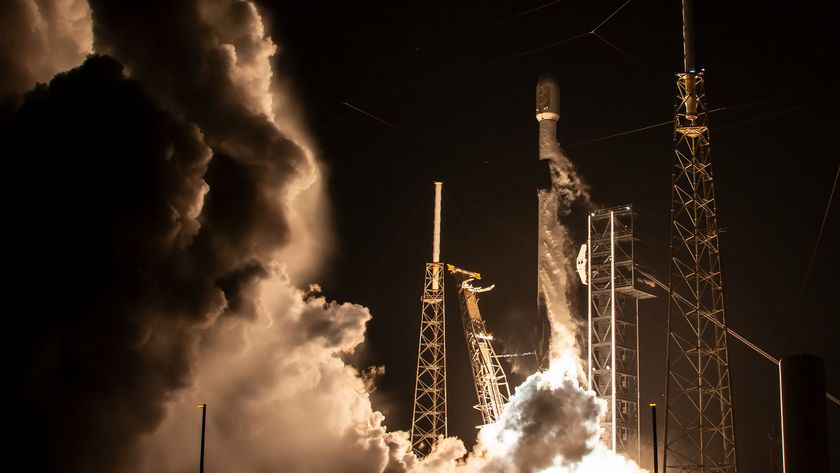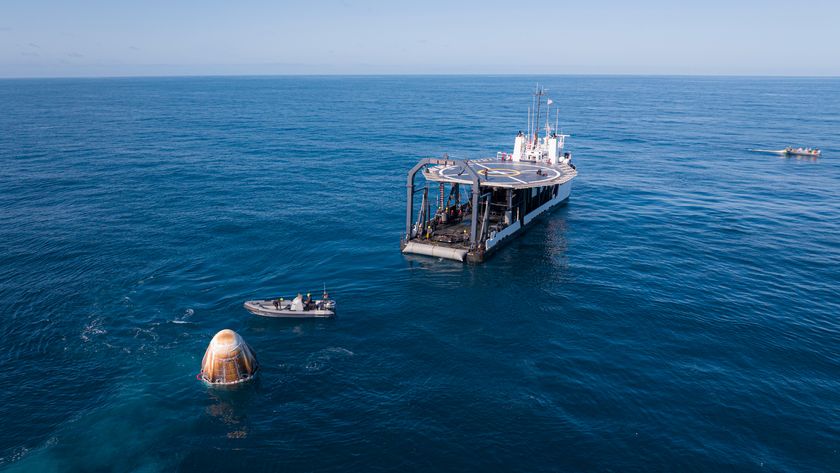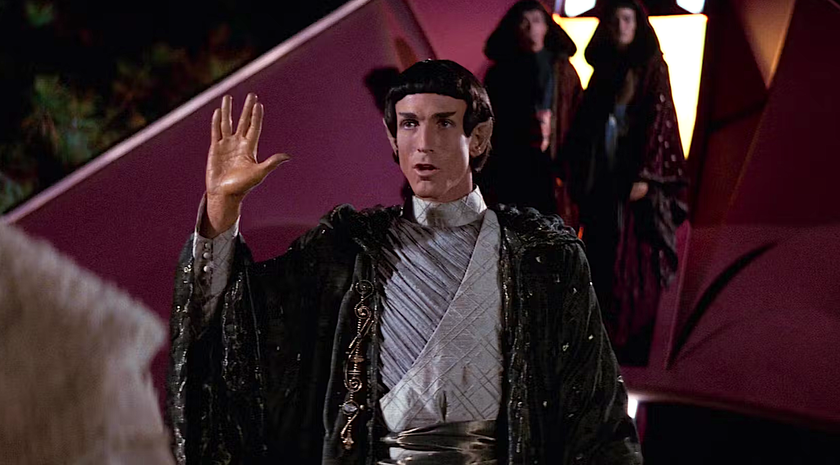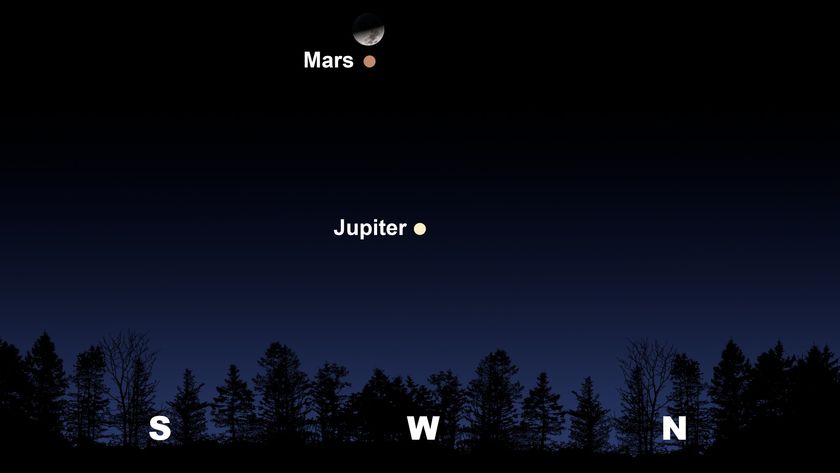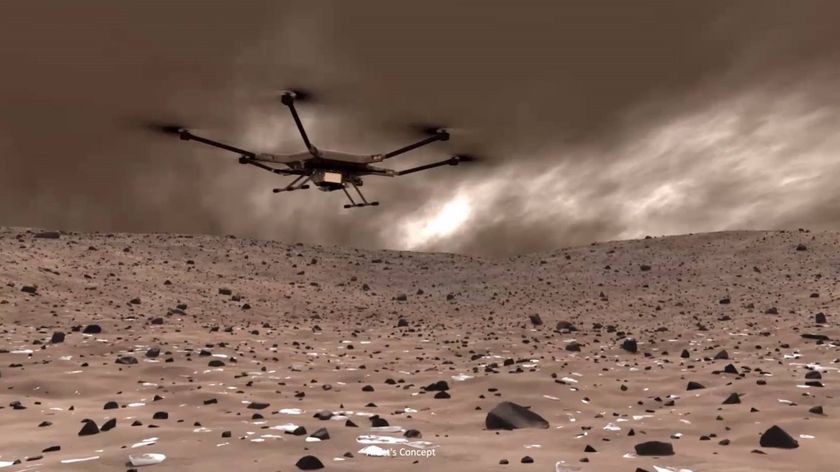Blue Moon Full Moon Rises Tonight: What to Expect
Update for Aug. 1: The Blue Moon of July 31 wowed skywatchers around the world. See photos and our full story, read: Blue Moon of 2015 Thrills Skywatchers with Lunar Beauty : Photos
There's a "Blue Moon" in the sky tonight — but that doesn't mean the lunar surface will turn indigo.
Tonight's (July 31) moon will be a gorgeous sight, but it won't look different than any other full moon. The term Blue Moon has come to refer to the second full moon in a given month (since full moons come around about every 29 days, most months only contain one). So set your sights skyward tonight, but don't expect a change in the moon's regular hue. NASA explained the July 31 Blue Moon in a video released earlier this week.
However, there are rare occasions when the moon can appear to turn blue. According to the Science@NASA blog, observers have reported the moon having a bluish tint following volcanic eruptions. These explosions send particulates (like ash and smoke) into the air that scatter red light, but let blue light through, creating a natural blue filter and giving the moon a sapphire complexion. [Amazing Blue Moon Photos by Stargazers]
![Thought to be called "blue" after an old english term meaning "betrayer," a Blue Moon is an extra full moon that occurs due to a quirk of the calendar. [See the full Blue Moon Infographic here.]](https://cdn.mos.cms.futurecdn.net/HHbm7kUWUR8zaAccXs7kqg-320-80.jpg)
"Back in 1883, for example, people saw blue moons almost every night after the Indonesian volcano Krakatoa exploded with the force of a 100-megaton nuclear bomb," according to the Science@NASA statement. "People also saw blue-colored moons in 1983 after the eruption of the El Chichón volcano in Mexico. And there are reports of blue moons caused by Mount St. Helens in 1980 and Mount Pinatubo in 1991."
Particulates created by forest fires can also create a blue filter in the sky, according to NASA.
"A famous example is the giant muskeg fire of Sept. 1953 in Alberta, Canada," NASA officials explained in the statement. "Clouds of smoke containing micron-sized oil droplets produced lavender suns and blue moons all the way from North American to England. At this time of year, summer wildfires often produce smoke with an abundance of micron-sized particles — just the right size to turn the moon truly blue."
Get the Space.com Newsletter
Breaking space news, the latest updates on rocket launches, skywatching events and more!
The meaning of the term Blue Moon changed some time during the 20th century. According to the Maine Farmers' Almanac, it once referred to the third full moon in a season that had four (once again, a three-month season typically has only three full moons). But the meaning changed, perhaps because of an article in Sky and Telescope magazine, which mistakenly used blue moon to refer to the second Blue Moon in a single month.
While the moon usually appears full for an entire day or longer, a full moon is actually an instantaneous event. Today's full moon took place at exactly 6:43 a.m. EDT (1043 GMT), but you can enjoy the view of the Blue Moon through the night.
Editor's note: If you capture an amazing view of the Blue Moon full moon of July 31 and would like to share it with Space.com for a story or gallery, send images and comments in to Managing Editor Tariq Malik at spacephotos@space.com.
Follow Calla Cofield @callacofield. Follow us @Spacedotcom, Facebook and Google+. Original article on Space.com.
Join our Space Forums to keep talking space on the latest missions, night sky and more! And if you have a news tip, correction or comment, let us know at: community@space.com.

Calla Cofield joined Space.com's crew in October 2014. She enjoys writing about black holes, exploding stars, ripples in space-time, science in comic books, and all the mysteries of the cosmos. Prior to joining Space.com Calla worked as a freelance writer, with her work appearing in APS News, Symmetry magazine, Scientific American, Nature News, Physics World, and others. From 2010 to 2014 she was a producer for The Physics Central Podcast. Previously, Calla worked at the American Museum of Natural History in New York City (hands down the best office building ever) and SLAC National Accelerator Laboratory in California. Calla studied physics at the University of Massachusetts, Amherst and is originally from Sandy, Utah. In 2018, Calla left Space.com to join NASA's Jet Propulsion Laboratory media team where she oversees astronomy, physics, exoplanets and the Cold Atom Lab mission. She has been underground at three of the largest particle accelerators in the world and would really like to know what the heck dark matter is. Contact Calla via: E-Mail – Twitter
